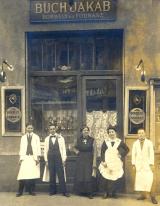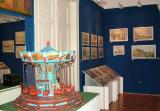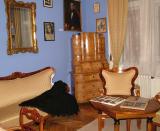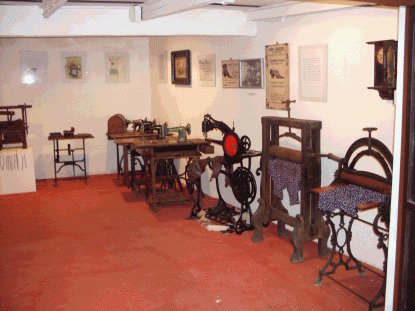2024. April 25. Thursday
Pesterzsébet Museum - Budapest
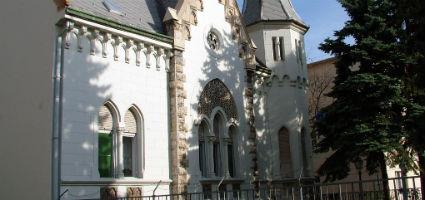 |
Address: 1203, Budapest Baross utca 53.
Phone number: (1) 283-1779
E-mail: info@pesterzsebetimuzeum.eu
Opening hours: Tue-Sat 10-18
|
The first museum of the outskirts of Budapest was founded in 1951. The first collection was based on the material of natural sciences and biology from the science lab saved by teachers under WWII. Later five locals continued collecting while they slowly began to focus on memories of local history. This is how the science lab turned into a museum of local history.
The museum worked under the aegis of the Historic Museum of Budapest in 39, Kossuth Street. From 1972 until 1990, the local council operated it, after that it was operated by the self-government.
In the middle of the 80's the museum was moved to the Bocsák Cottage in 53, Baross Street in Pesterzsébet where one of the nicest building complex of the capitol, The Imre Gaál Gallery opened.
The museum worked under the aegis of the Historic Museum of Budapest in 39, Kossuth Street. From 1972 until 1990, the local council operated it, after that it was operated by the self-government.
In the middle of the 80's the museum was moved to the Bocsák Cottage in 53, Baross Street in Pesterzsébet where one of the nicest building complex of the capitol, The Imre Gaál Gallery opened.
